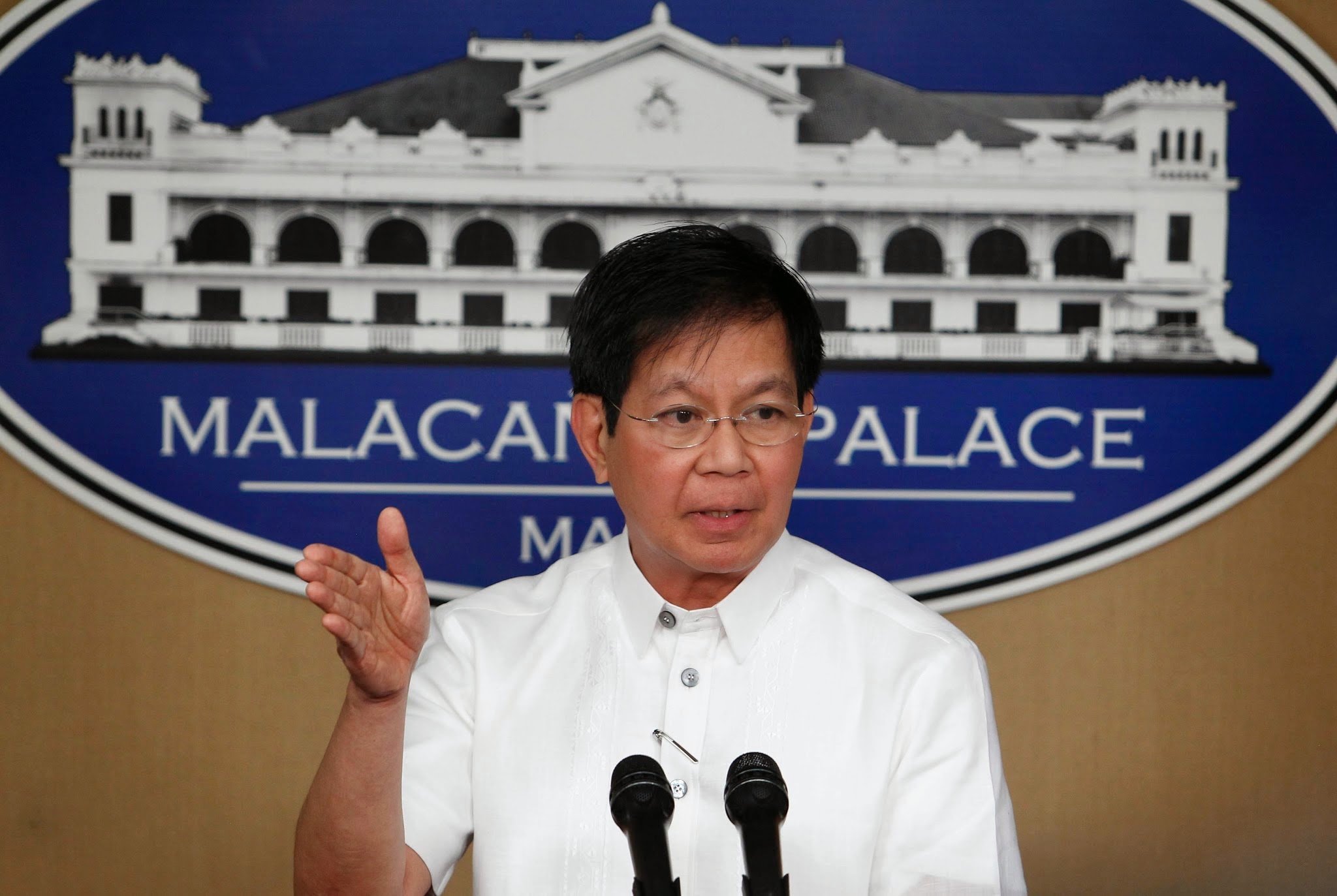Philippine News
2015 perfect time to review NDRRMC Law, Lacson says

Presidential Assistant for Rehabilitation and Recovery Panfilo Lacson, updates members of Malacanang Press Corps on the rehabilitation efforts in the Yolanda stricken provinces in the Visayas during a press briefing held at Malacañang. (Photo by Benhur Arcayan/Malacañang Photo Bureau)
MANILA — As Presidential Assistant for Rehabilitation and Recovery, former senator Panfilo Lacson proposes for the transition of rehabilitation duties to a permanent government agency, as he deems 2015 would be the “perfect time” to review the NDRRM Law.
The National Disaster Risk Reduction and Management Council (NDRRMC) is the agency Lacson would want to transfer his office’s mandate in the Yolanda reconstruction efforts.
“Having OPARR transition its accomplishments and best practices to the relevant government agencies by 2015 during the review period will also aid Congress in identifying the required remedial legislation to make the Philippines’ response and recovery from disasters faster and more efficient,” Lacson said.
The review period will occur next year as stipulated in the “sunset provision” of Republic Act 10121 or NDRRM Law mandated within five years after the law was passed in May 2010.
“This is the perfect time to institute changes in the law via the review and recommendations of the joint congressional oversight committee,” he emphasized.
The sunset provision requires the Congressional Oversight Committee to review the accomplishments and impact of the NDRRM Law, as well as the performance and organizational structure of its implementing agencies, for purposes of determining remedial legislation.
“Under the present laws, the National Disaster Risk Reduction and Management Council (NDRRMC) addresses only the three phases in the face of a disaster – prevention and mitigation, preparedness and response. I believe the powers and functions of the NDDRMC can be expanded to include the fourth and crucial phase which is rehabilitation and recovery,” Lacson said.
Lacson said that after typhoon Ruby hit the country, many people were asking him if the PARR would also extend its assistance to the typhoon’s victims. It was when he realized that a permanent agency must be in charge for the overall rehabilitation efforts as the PARR’s mandate only covers Yolanda-affected areas.
Though the National Economic and Development Authority (NEDA) had previously handled the rehabilitation and recovery phase after every disaster, Lacson said that NEDA has one too many on its plate considering that at least 20 storms and typhoons hit the country every year.
“We’ve seen from our country’s experience that there is a lack of institutional capability for recovery and rehabilitation as shown by the creation of ad hoc bodies or task forces in response to big calamities like Typhoon Ondoy, Typhoon Pablo and the Bohol Earthquake,” Lacson explained.
More than a year since Lacson was appointed by the President to oversee rehabilitation and recovery efforts in Yolanda-hit areas, the PARR chief has expressed his desire to pass on the lessons they learned from Yolanda such as mechanisms to engage private sector aid to a permanent government agency upon the proposed transition.
“The Philippines is now ranked as the second most disaster-risk prone country in the world.
If we can institutionalize the lessons we learned from Yolanda and have that in a permanent government agency, that would be good for the whole country. OPARR can pass on its best practices like mechanisms to engage private sector aid, or transparency tools for monitoring like eMPATHY. OPARR aims to start that transition as soon as possible so that the whole country, not just the Yolanda-hit areas, can be better prepared when the next calamity strikes,” Lacson stressed.





















